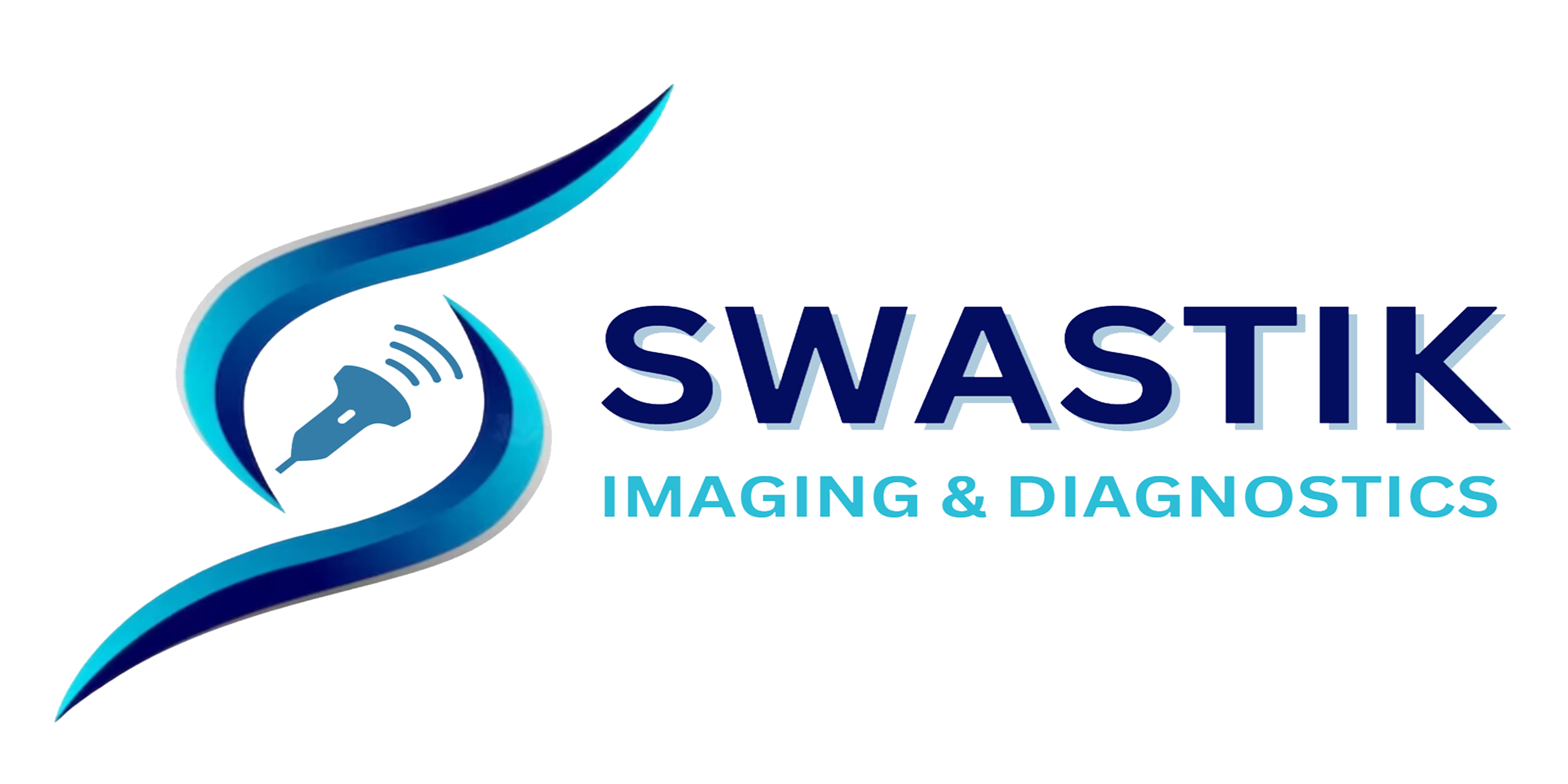Automated Liver Fat Quantification

Automated liver fat quantification is a cutting-edge technique used in medical imaging to assess the amount of fat accumulation within the liver non-invasively. This technology has become increasingly important in diagnosing and monitoring liver diseases such as non-alcoholic fatty liver disease (NAFLD) and non-alcoholic steatohepatitis (NASH). Here’s how automated liver fat quantification works and its benefits:
- Principle of Quantification: Automated liver fat quantification utilizes advanced image processing algorithms to analyze magnetic resonance imaging (MRI) or computed tomography (CT) images of the liver. These algorithms identify regions of interest within the liver parenchyma and distinguish between fatty tissue and normal liver tissue based on their distinct signal intensities or attenuation values.
- Fat Fraction Calculation: The algorithms calculate the fat fraction within the liver by comparing the signal intensity or attenuation values of fat and water protons within the liver tissue. This calculation yields a quantitative measure of the percentage of fat present in the liver parenchyma, which is expressed as a fat fraction or fat content.
- Automation of Analysis: Automated liver fat quantification systems streamline the analysis process by automatically identifying regions of interest, segmenting liver tissue, and performing quantitative measurements of fat content. This automation reduces the need for manual intervention and ensures consistent and reproducible results across different imaging studies and operators.
- Non-invasive Assessment: Automated liver fat quantification offers a non-invasive alternative to liver biopsy, which has traditionally been considered the gold standard for assessing liver fat content and diagnosing fatty liver disease. Patients benefit from reduced discomfort, lower risk of complications, and shorter recovery times compared to invasive procedures.
- Early Detection of Liver Disease: By accurately quantifying liver fat content, automated liver fat quantification facilitates the early detection and diagnosis of fatty liver disease, including NAFLD and NASH. Early identification of liver fat accumulation allows healthcare providers to implement preventive measures, lifestyle modifications, and medical interventions to mitigate disease progression and reduce the risk of complications such as liver fibrosis, cirrhosis, and hepatocellular carcinoma.
- Monitoring Disease Progression: Automated liver fat quantification enables longitudinal monitoring of liver fat content over time, allowing healthcare providers to track disease progression, assess treatment response, and adjust therapeutic strategies accordingly. Serial measurements of liver fat content provide valuable insights into the efficacy of lifestyle interventions, pharmacological therapies, and dietary modifications in managing fatty liver disease and improving patient outcomes.
- Research and Clinical Applications: Automated liver fat quantification has diverse applications in clinical research, epidemiology, and population health studies. Researchers utilize quantitative imaging data to investigate the epidemiology of fatty liver disease, explore risk factors and comorbidities associated with liver fat accumulation, and evaluate novel therapeutic interventions for managing NAFLD and NASH.
In summary, automated liver fat quantification represents a valuable tool in medical imaging for assessing liver health, diagnosing fatty liver disease, and guiding clinical management decisions. By leveraging advanced technology and quantitative analysis techniques, automated liver fat quantification enhances diagnostic accuracy, supports early intervention strategies, and improves patient outcomes in the management of liver diseases.
